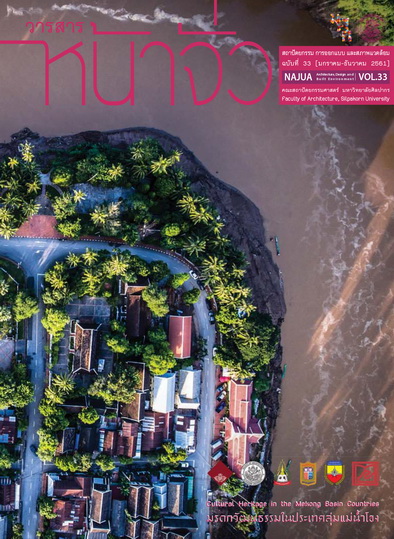Ayutthaya and Burma
Keywords:
Ayutthaya, Hanthawaddy, Pegu, Toungoo, KetumatiAbstract
The paper aims to compare city layouts of Ayutthaya, Hanthawaddy, and Toungoo, capitals of the Siamese, Mon, and Burmese during the fourteenth to the sixteenth centuries after the fall of Pagan and Angkor. Historic city of Ayutthaya had an irregular shape and was surrounded by three rivers. The inner city with the royal palace to the northwest also consisted of several canals used for transportation and water supply. There were Buddhist temples in both the inner city and outer areas. While Hanthawaddy city of the Mon was established by King Byinnya U to the east of the Pegu River. It was enclosed with walls and had a shape of a sixteen-sided polygon with eight city gates. The royal palace was likely built at the center of the inner city whereas the Shwe Mawdaw, the most important pagoda, was situated outside the inner city to the west. Hanthawadddy was changed to a shape of a square in the reign of the Burmese King Bayinnaung who transferred the Burmese capital from Toungoo to Hanthawaddy around 1553. Hanthawaddy of King Bayinnaung was designed after the model of Toungoo or Ketumati with a shape of a square enclosed with walls and moats. The two cities consisted of the palace at the center, twenty city gates with five gates on each side, and ten streets to connect the gates on the north to those of the south and those of the east to those of the west. They also had four pagodas each at the corner of the city. This comparison provides the understanding of culture and characteristics of the Siamese, Mon, and Burmese.





